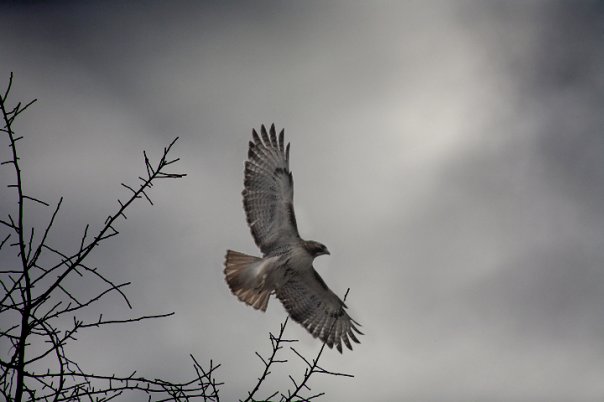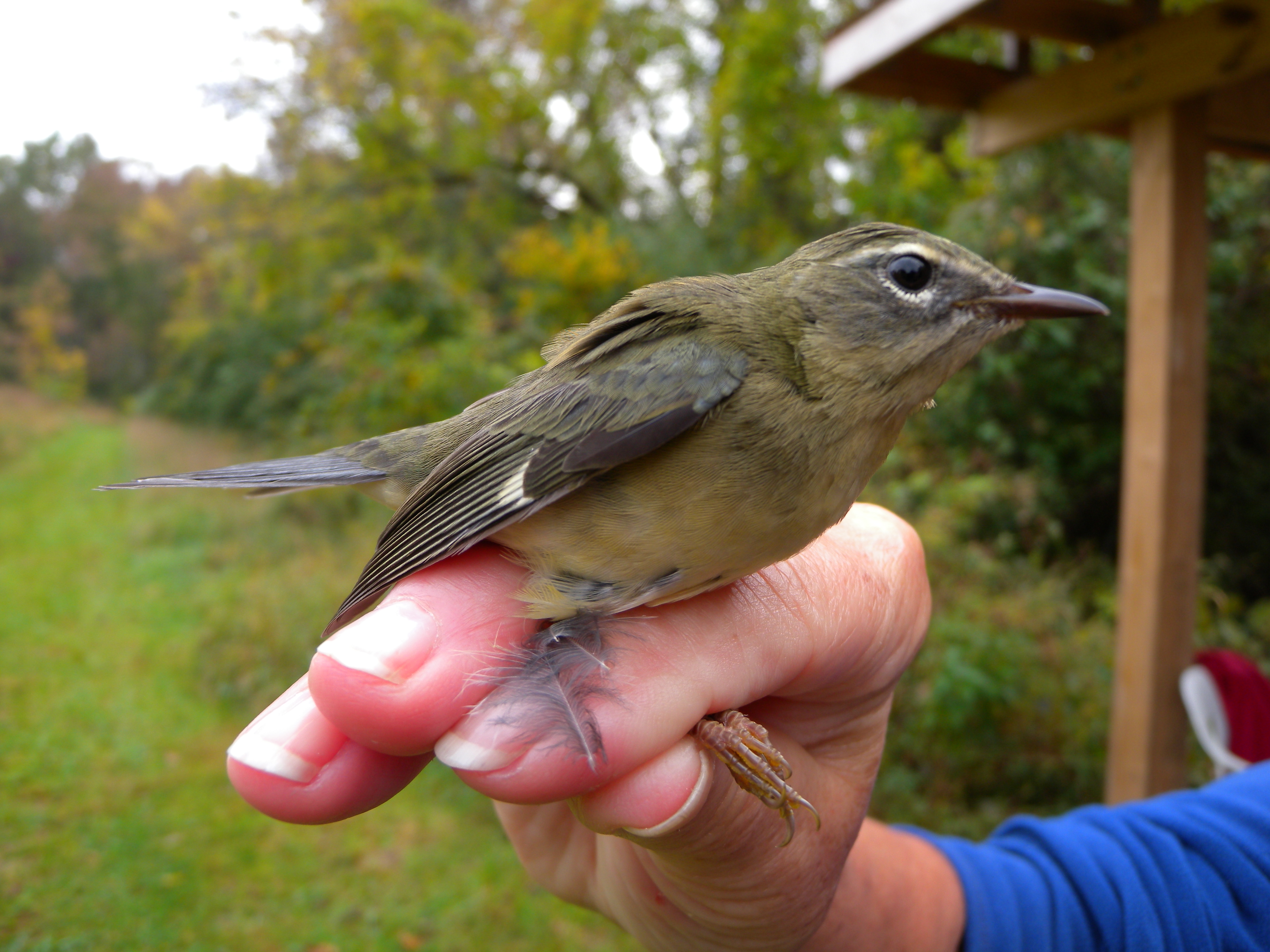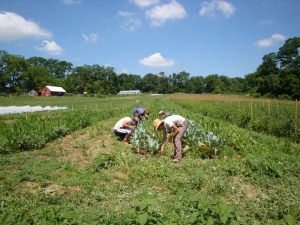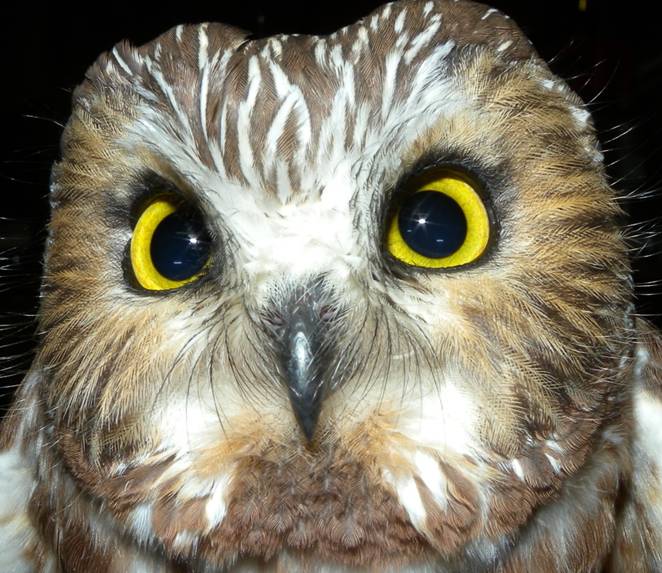
The air was thick, sticky and unseasonably warm on Wednesday, not at all the kind of crisp air that brings a flurry of fall feathers to our nets. We were hosting a handful of very enthusiastic children who had off from school for Yom Kippur, so we were wishing for some yellow warblers to brighten the otherwise meager catch of Gray Catbirds, Song Sparrows and wrens. However, we did catch our 15th Swainson’s Thrush of the season and the second White-throated Sparrow of this autumn, which is an exciting indicator of the beginning of the next chapter of fall migration.


Finally, a couple of lovely Magnolia Warblers graced our audience with their bright plumage, and we were satisified with that. There were plenty of birds for the visitors to study, and they were able to see many ageing and sexing criteria for different species. We thanked the maggies, the kids ooed and awed over a spritely Black-and-White Warbler, and we settled in for the rest of what we expected to be a dull morning (we spoiled banders are never satisfied!).
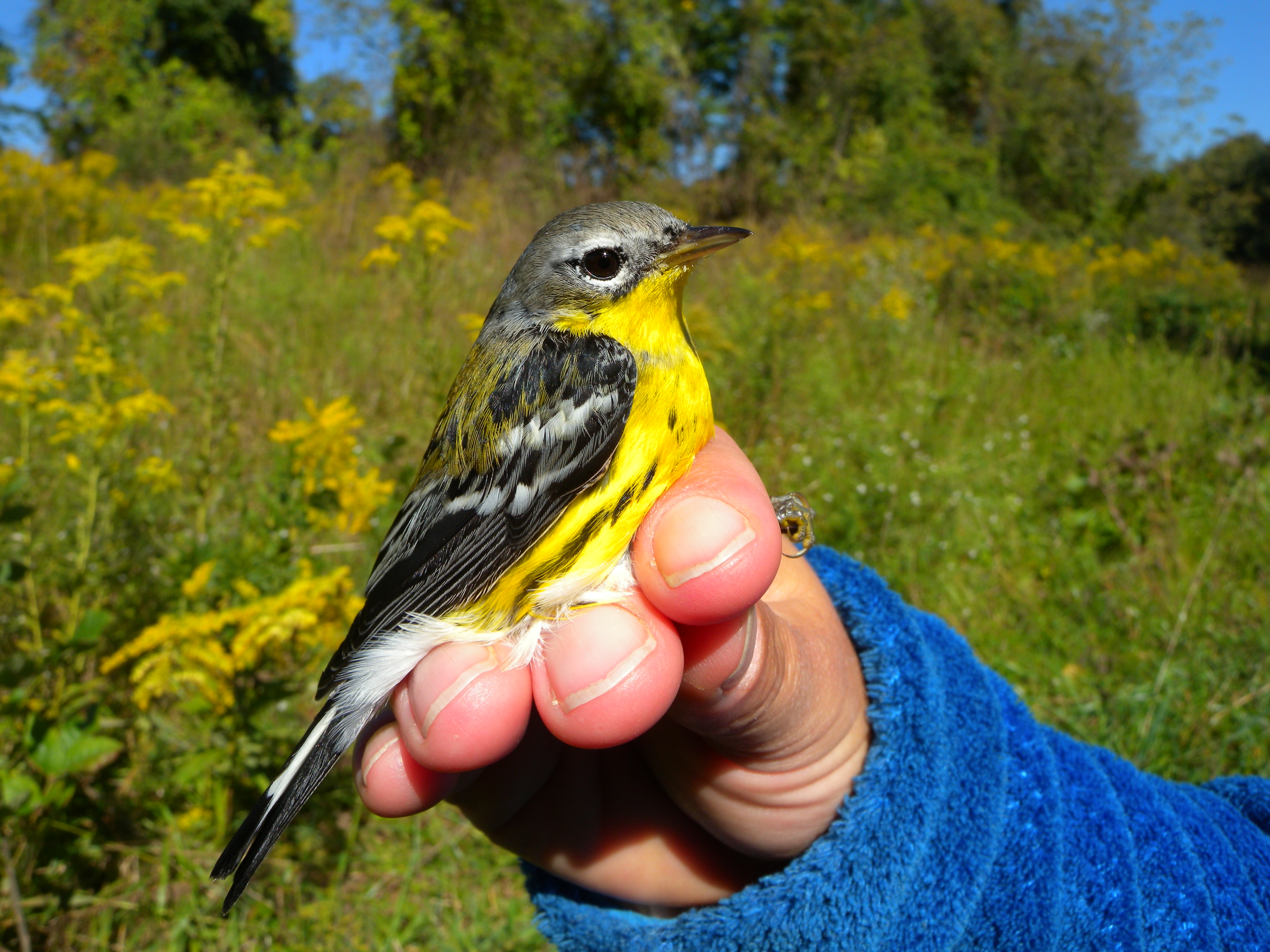


Plip. Plop. Drip. Drop. Suddenly a cloud looming above decided to burst open even in the unabated presence of the sun. After a few minutes of this bizarre weather, we thought we’d better check the nets. As we trekked around to all the nets, most of which were empty, the rain subsided as abruptly as it started. We rounded the corner of the hedgerow to check one of the last nets, net 10, and there was our pot o’ gold at the end of the rainbow! Rain drops sparkled on the net as it sagged and bounced under the weight of 10 wiggly pairs of wings, including two golden beauties- a Nashville and a Tennessee Warbler, appropriately sticking together. Birds of the same state stick together?




Other goodies in our jackpot included two Red-eyed Vireos, Black-throated-Blue Warblers, a Magnolia Warbler and Tufted Titmouse. This great catch could have just been a coincidence, but more likely these were birds that were foraging high in the canopy or at the edge of the woods and dove for cover in the underbrush of the hedgerow when the rains came. Sometimes trapped titmice make such a fuss that they lure other birds into the net, but we didn’t hear anything from the banding table, which is fairly close to Net 10. We need a little shower of rain and birds like that every day we are out there! This week, we will commence daily rain dances.


The total number of birds caught last week (2 banding days) was 92, including those mentioned above plus the first of the year White-throated Sparrow, a Gray-cheeked Thrush, a Brown Thrasher, Ovenbird, Common Yellowthroat, Field Sparrow, Eastern Towhee and an American Goldfinch. In the hedgerows, but not the nets, were American Woodcocks, Scarlet Tanager, Philadelphia Vireo and Red-breasted Nuthatch.


Be on the look out for Red-breasted Nuthatches (RBNUs) at your feeder, in your yard or wherever you bird. As a result of a coniferous cone crop failure in the northeast (they eat the seeds of pinecones), many RBNUs are leaving their northern haunts to find better seed sources to the south for the winter. Others will remain in northwestern Ontario where the cone crops are much better. Additional northern birds like Common Redpolls might also show up in our area this winter for similar reasons related to the white birch seed crop in the north. Read the Winter Finch Forecast on the American Birding Association’s website for information about other irruptive finch species.

Reminder: Keep your hummingbird feeders up and your salvia shielded from the frost at least through Thanksgiving! Other vagrants headed our way that could show up in your yard include Rufous Hummingbirds and other western species of hummers. These guys usually don’t appear until October, November or even December long after the Ruby-throats have gone. Ever-warmer winters are making the east perfectly hospitable to these vagrant western hummingbirds who are surviving and passing on their somewhat mutant genes to their offspring, which will follow in their parents’ wingbeats migrating from the west to the east instead of south for the winter. Hence, new migration routes for western hummers are emerging right before our eyes!

Visit Scott Weidensaul’s website for more details about this new movement of western hummers and how to become part of the hummer banding study if you find one in your yard this fall or winter. Psst….I hear these western wanderers really like Pineapple sage if you have any of that.

Those fuzzy balls of cute fury are winging their way toward us at a faster pace than ever before. Saw-whet banders north of us are saying things like, “No one will sleep this Autumn,” and, “Sawweet dreams southern banders!” Kestrel Haven Avian Migration Observatory in Burdett, NY (between Ithaca and Watkins Glen at the south end of the two biggest Finger Lakes) has alreay netted four hatch year Northern Saw-whet Owls as of September 27th, the first they have ever banded in September.
This is an irruptive species, whose major movements south depend on an adundance of voles during the northern boreal breeding season. It’s been said that this summer was a good one for the little owls, so there are many additional “kids” who will be spilling south this fall. Stay tuned for our official public owl banding start date, but think mid-October…. In the meantime, public songbird banding continues every Tuesday and Thursday mornings at Rushton, 6am-11am (unless it’s raining). Hope to see you at the station!
There’s a lot going on out there,
~Blake

